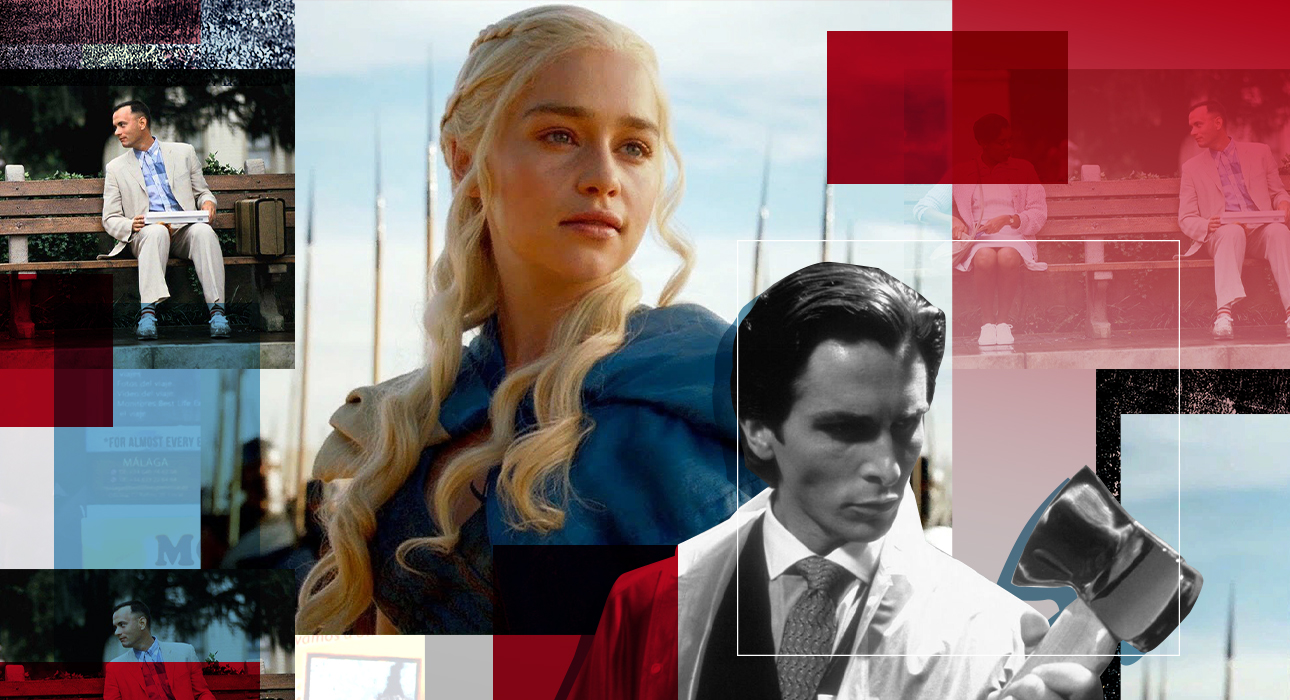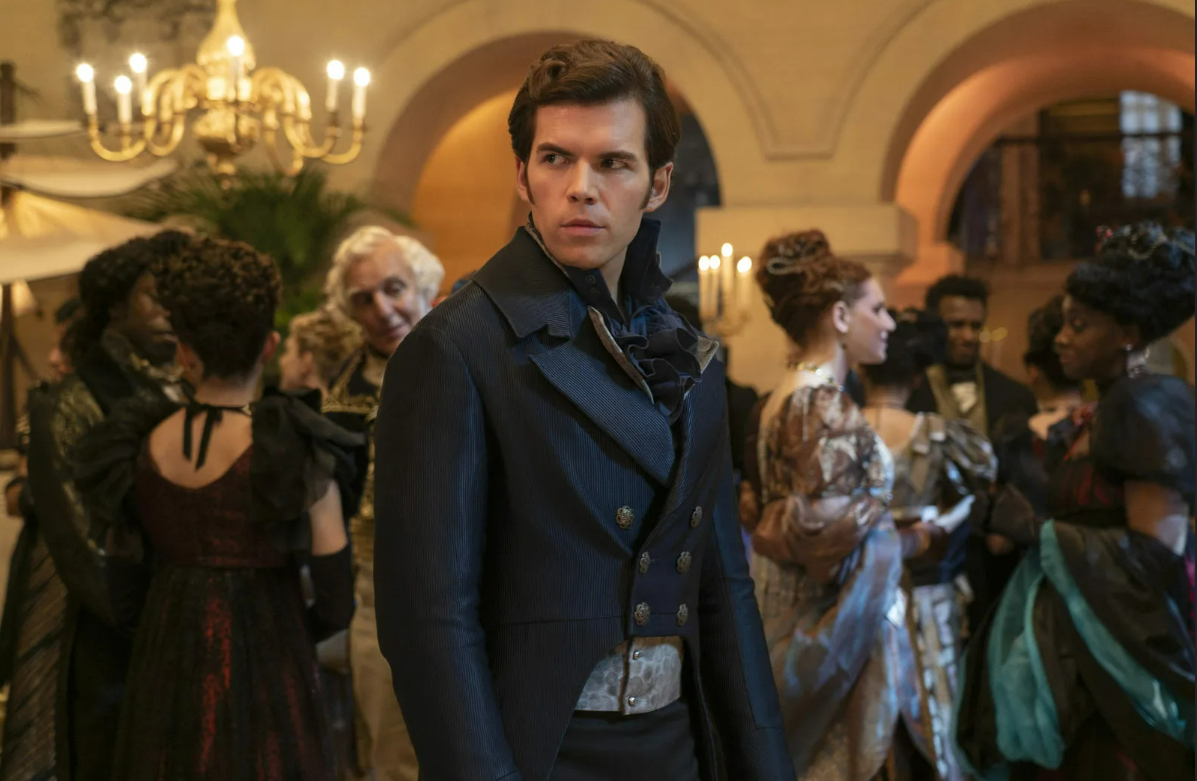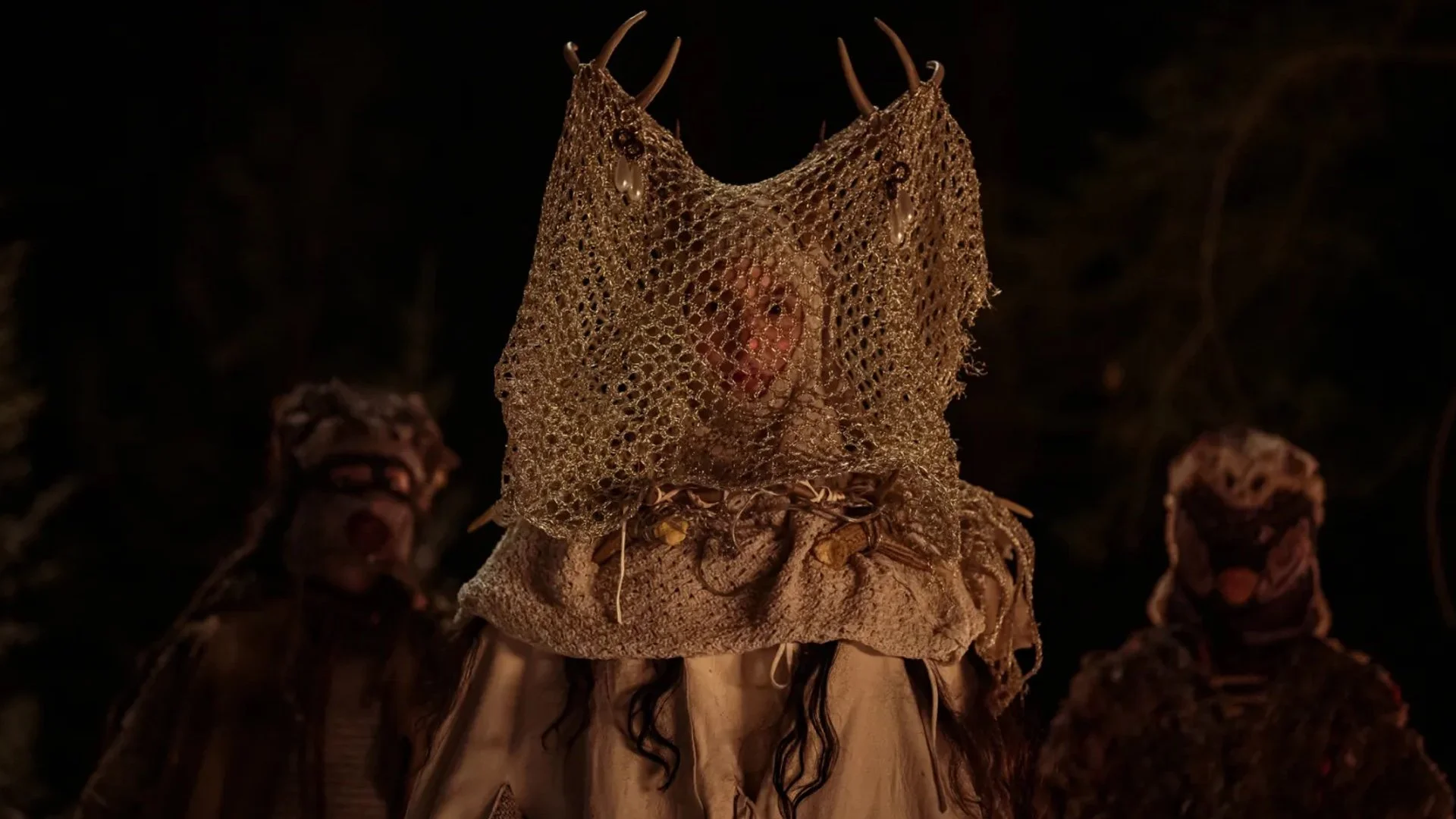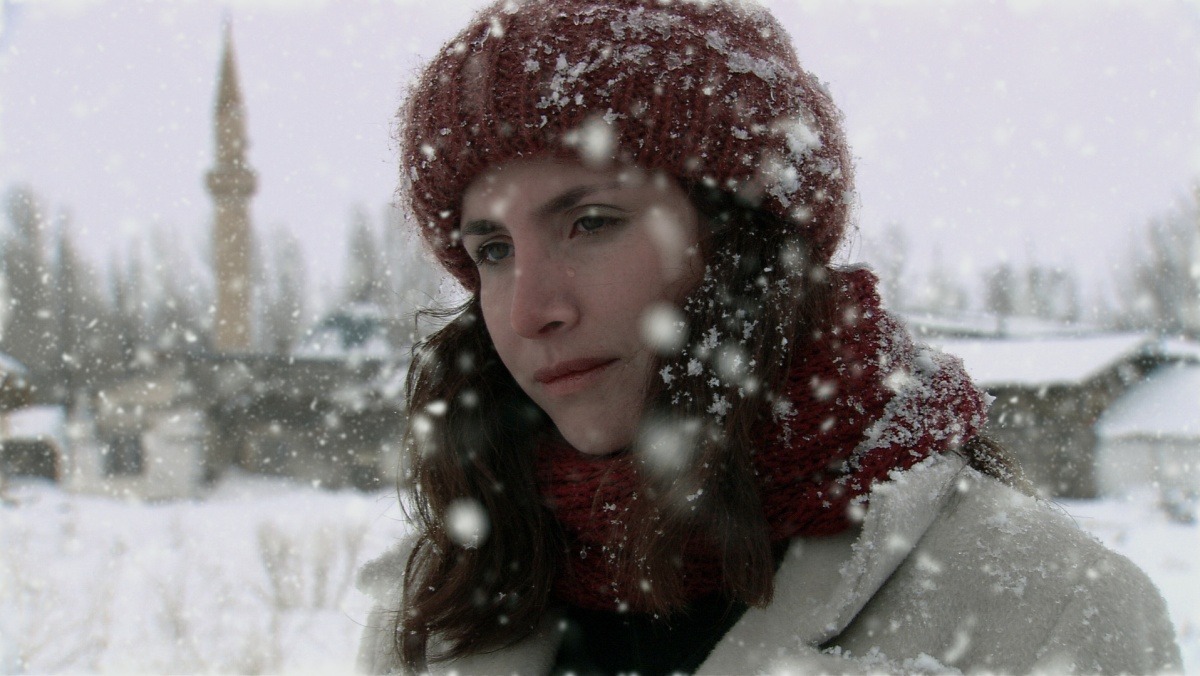To those who share the pleasure of watching a film adaptation, we often reply, “The book is better.” And most of the time this is true. After all, the timing does not allow many of the hero’s thoughts to be translated into film language, and ideas in general are abstract, and everything abstract is difficult to convey in any other way than in text form.
Literature awakens the imagination, and as we read we “watch” our own movie. However, sometimes the director’s interpretation can be much more impressive than the author’s work.
We’re talking about movie adaptations that suddenly turn out to be better than the books.
Game of Thrones, David Benioff and DB Weiss (2011–2019)
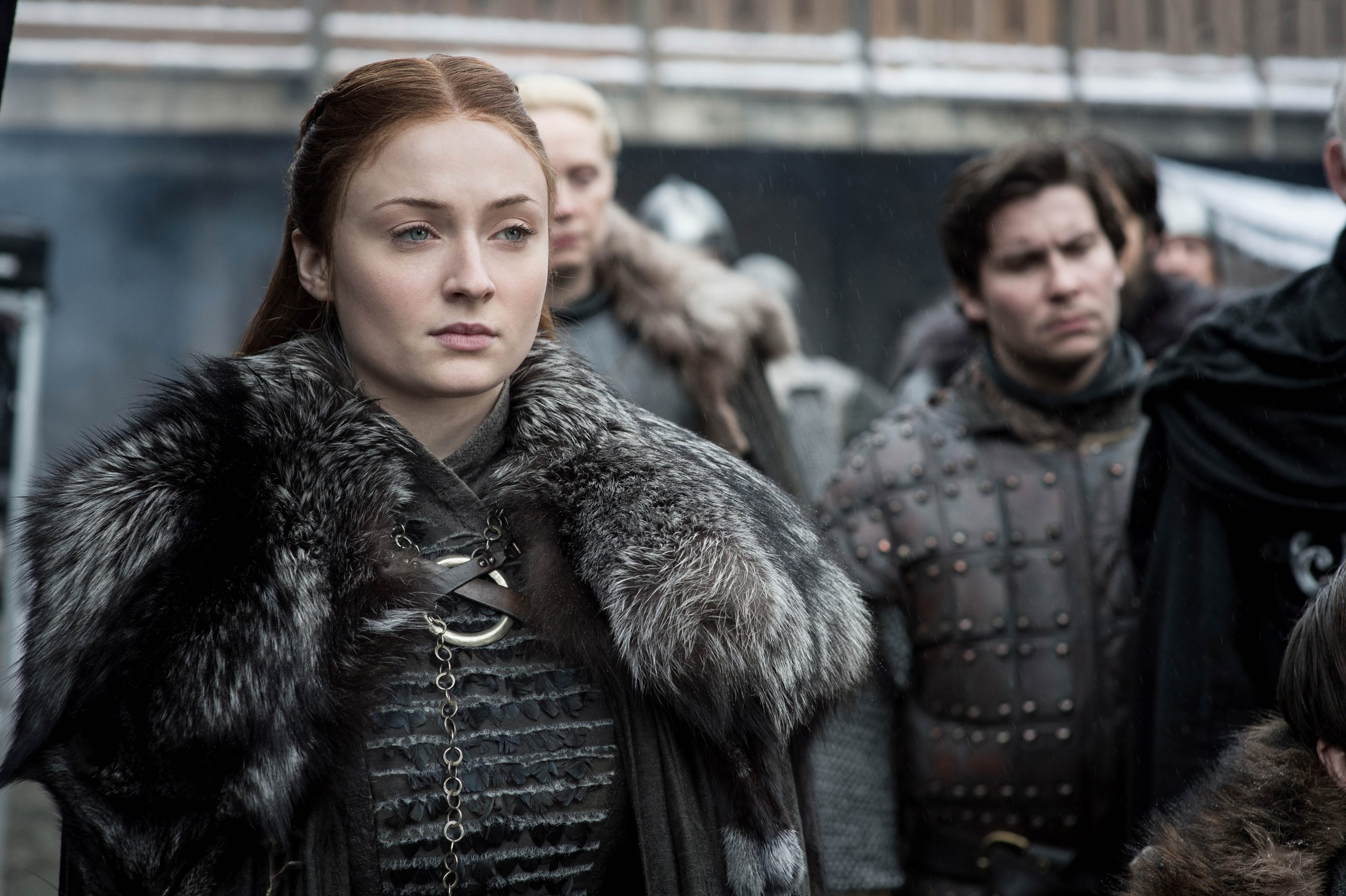
Of course, many fans will disagree with our opinion after the series finale. Moreover, the author never completed the book cycle. However, even now we can safely say that the Game of Thrones series has become a phenomenon in the world of cinema, like the “Star Wars” of our age. Previously, showrunners did not risk bringing to the big screen works with so many characters and a complex plot, where scenes of cruelty and sex were depicted as accurately as possible.
Also, before the success of Game of Thrones, fantasy films could not boast such a natural shooting quality (they all looked more like amateur costume performances). At the same time, many parts of George RR Martin’s book are full of unnecessary details. The showrunners only filmed the first season exactly according to the book, but wisely decided to shorten the remaining parts of the saga. For example, they didn’t resurrect Lady Catelyn or pay much attention to the Greyjoys and every battle with Brienne of Tarth’s rogues. At some points, Martin’s book seems more boring and not as dynamic as the series.
“The Devil Wears Prada”, dir. David Frankel (2006)
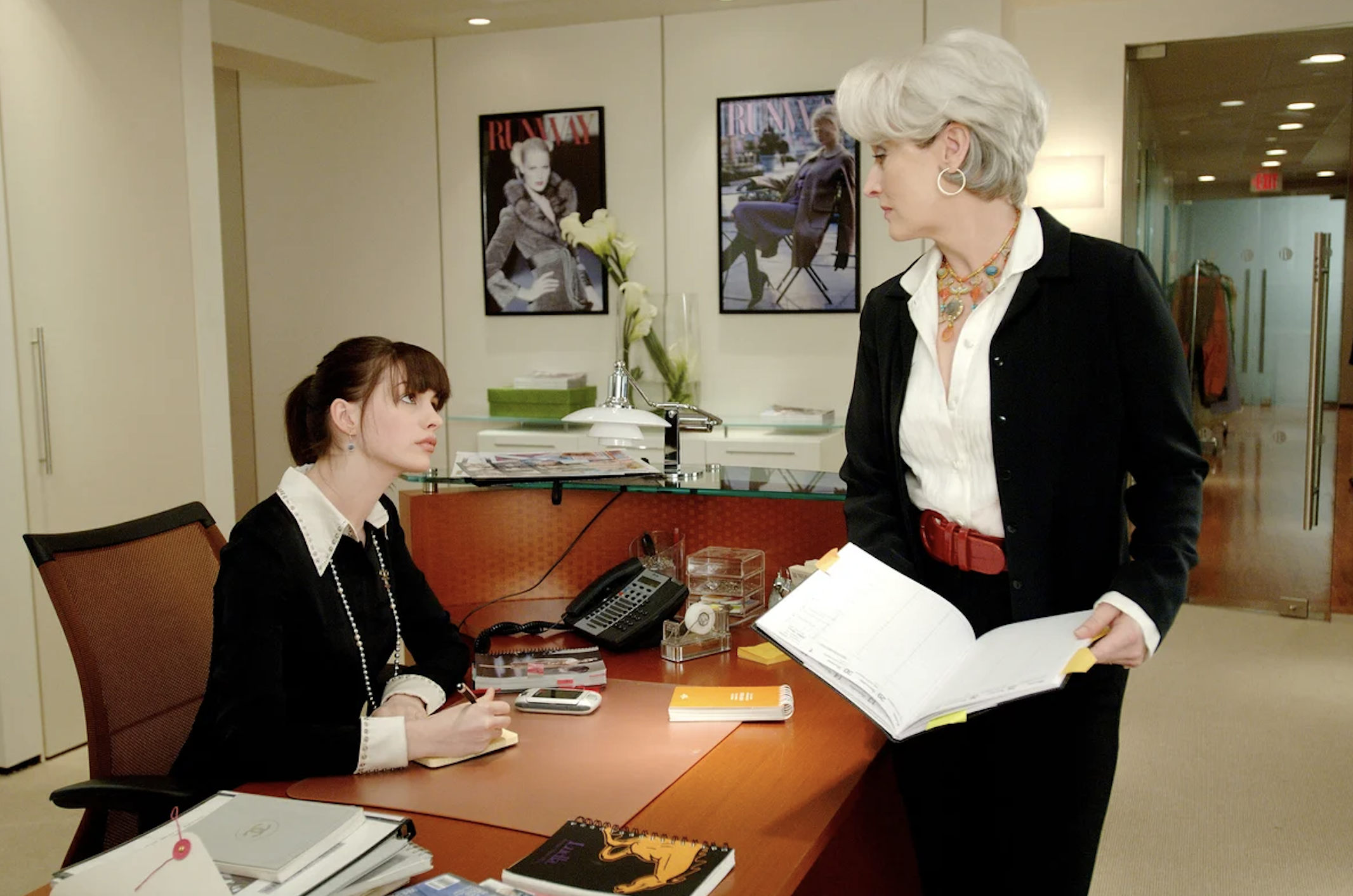
This film created a real sensation and made a huge impact in the fashion world. Ultimately, even though the names were changed in the film adaptation, everyone knew who they were talking about. Written by Lauren Weisberger, a former assistant to Vogue editor-in-chief Anna Wintour, the book initially raised many questions. The author conveyed the atmosphere of the “inner kitchen” of the legendary editorial office, criticizing the boss for being overly cold and cruel. But the film not only shattered illusions about the world of fashion, but also showed the true maturation of the main character. In the film, Andy, played by Anne Hathaway, transforms from an errand girl trying to meet her boss’s demands into a human being and finds herself realizing that the fashion world was not her dream in the first place. At the same time, the director did not turn Miranda into a monster by showing her from a human perspective. After all, it was thanks to him that Andy developed as a professional, and for him the word “impossible” no longer exists. Just look at Meryl Streep’s performance as editor-in-chief of the glossy magazine. Even after years pass, the movie does not go out of fashion and is constantly quoted. Take Miranda’s searing line: “Flowers? In spring? How original is that!”
“American Psycho”, dir. Mary Harron (2000)
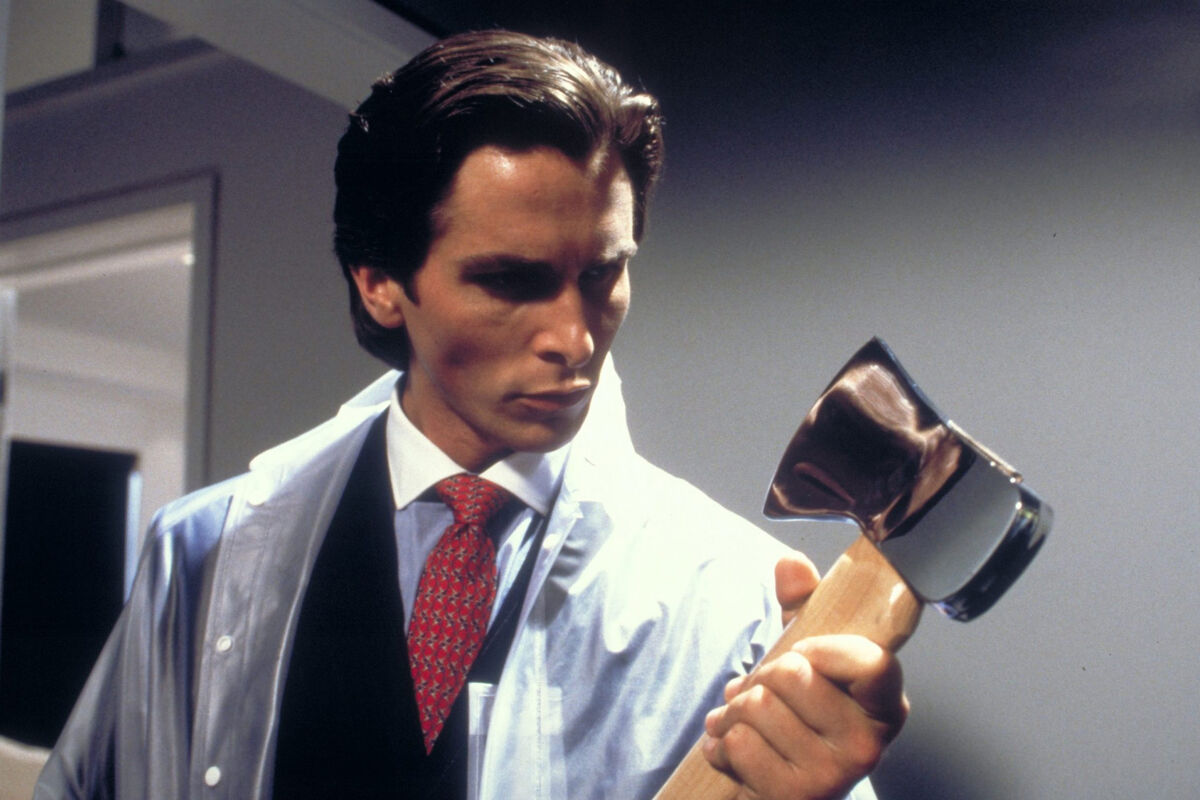
Thanks to Christian Bale’s acting, it is difficult to imagine anyone else in this role, although Oscar winner Leonardo DiCaprio is among the nominees. Bale managed to create the image of a scoundrel who committed serial murders in cold blood and at the same time pretended to be a successful banker. Look at a scene where the hero brags about his business cards with the same rich people. Many episodes have even become canon. For example, when Bale’s character carefully carries out beauty procedures. Despite the bloody murders, there is also room for humor in the movie. For example, when Patrick Bateman’s wife, played by Reese Witherspoon, objects to him saying they can’t divorce “because we have mutual friends” and he explains that he can actually “keep them.” Unfortunately, the book falls short in some respects compared to the cult film, in which the villain suffers from a lack of personality and slowly goes insane.
“The Shawshank Redemption”, dir. Frank Darabont (1994)
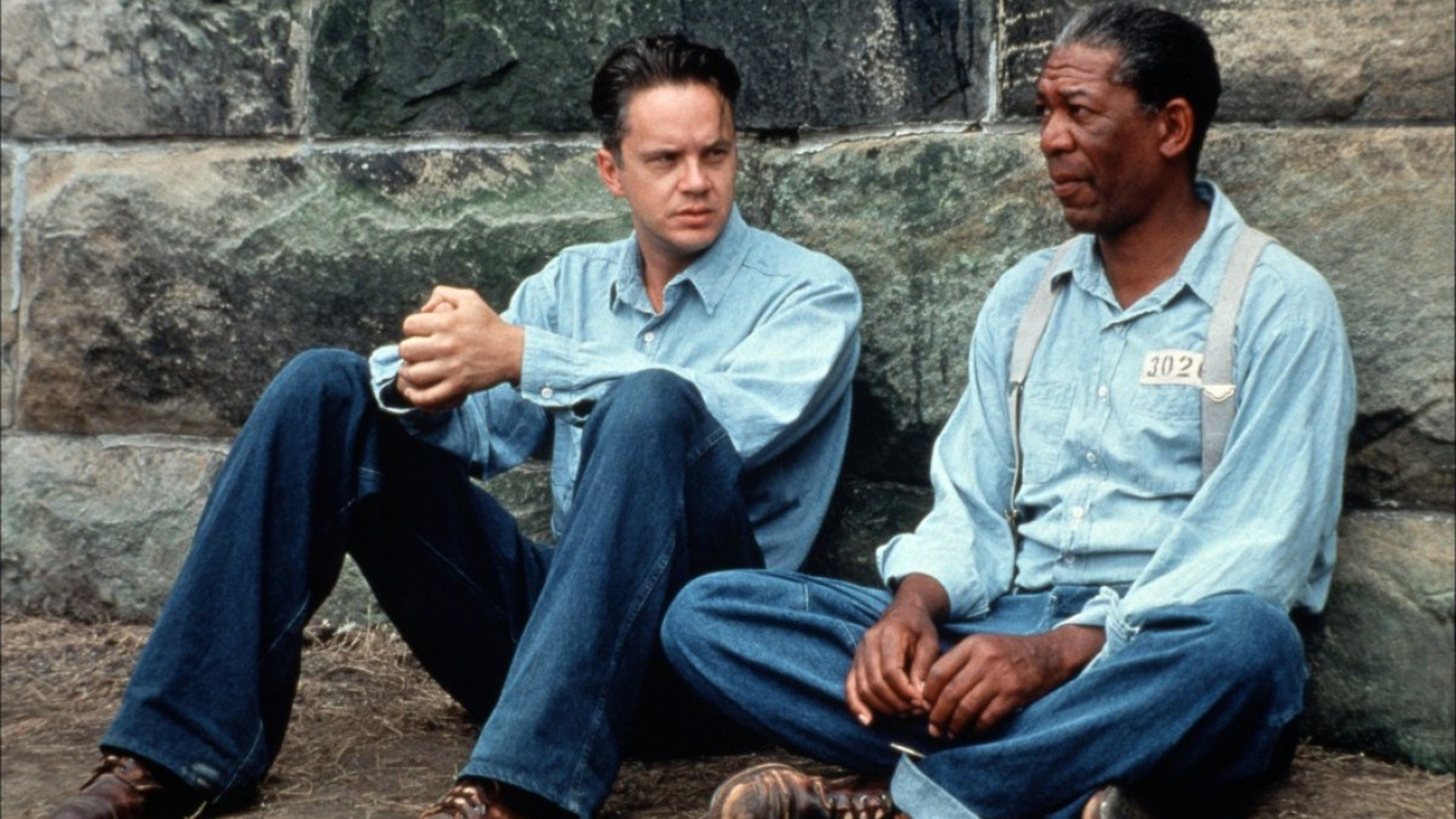
It should come as no surprise that Stephen King’s works appear on our list. Yet, for all its merits, the story of “Rita Hayworth and the Shawshank Redemption” is too short. However, thanks to the acting of Tim Robbins and Morgan Freeman, the film adaptation makes the narrative more poignant and emotionally rich. And of course, the injustice of the main character’s situation is felt more strongly, and his perseverance and fortitude seem to be conveyed to the audience through the screen. At the same time, Frank Darabont’s film follows the plot of the book exactly, only giving it more psychological depth.
“Forrest Gump”, dir. Robert Zemeckis (1994)
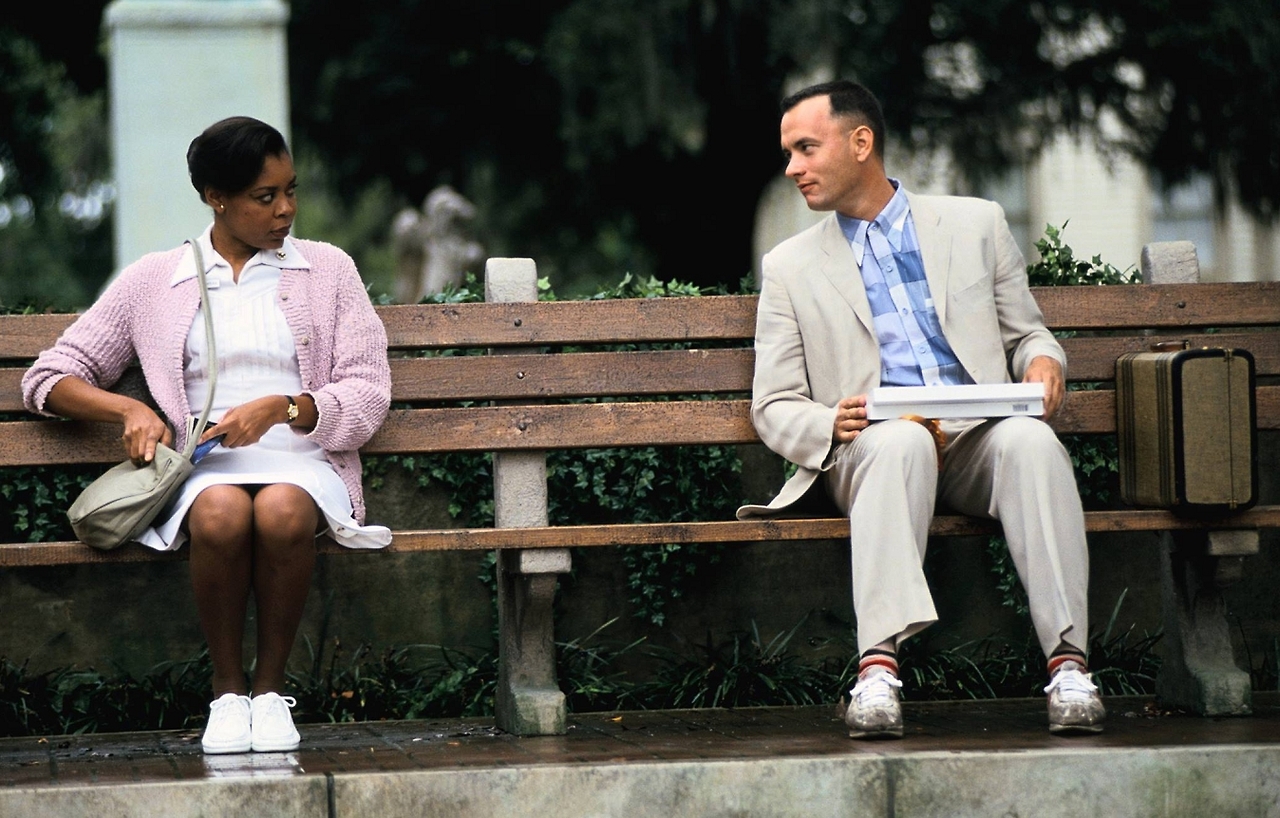
The original text of Forrest Gump will surprise the reader with many inconsistencies and absurd situations. For example, according to the plot, the main character even managed to fly into space. But perhaps this could be forgiven if Forrest Gump wasn’t such a pain in the ass in the book. It was in Tom Hanks’ performance that the hero emerged as the same simple-minded and naive man that the audience loved so much. And after reading Winston Groom’s novel, a completely different aftertaste remains: as if you were completely surrounded by scoundrels. In the movie, the hero does not lose his good-heartedness and love of life despite the situations he is in: “Life is like a box of chocolates, you never know what you will be satisfied with.” It’s no surprise that the film adaptation won six Oscars, including the Best Picture category.
“Guest from the Future”, dir. Pavel Arsenov (1985)
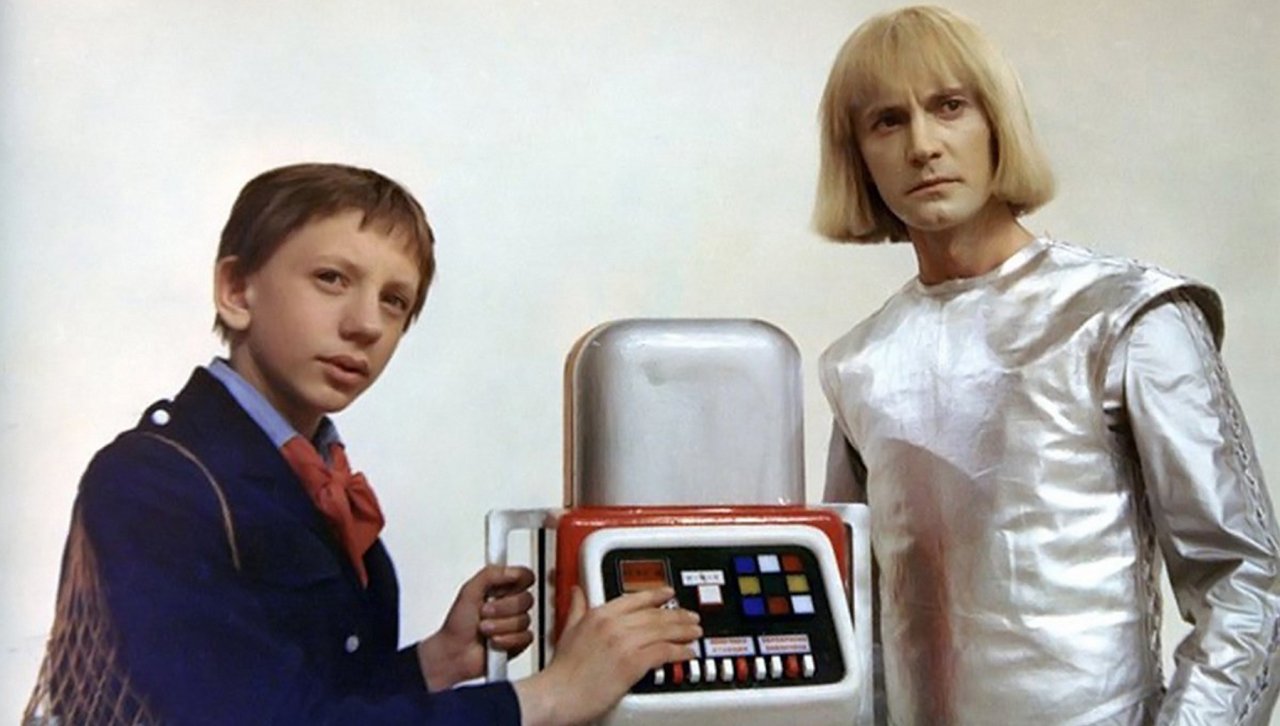
Today, this series is virtually unknown to movie zoom enthusiasts, but most millennials know about it thanks to their parents. Science fiction films were often shot in the USSR, and one of the most striking and successful film adaptations was “Guest from the Future” based on the story of Kir Bulychev. Girl Alisa Selezneva was a pop icon of the 80s. She was loved not only by boys but also by girls. And although the film seems naive today, you can’t help but note interesting future discoveries (for example, teleportation gates instead of subway stations, a spherical taxi). The movie looked very trendy for the 80s. Unfortunately, what was the disappointment of the viewers who read Kir Bulychev’s work, where everything is too ordinary and everyday, and the plot itself can be a cure for insomnia?
“Jaws”, dir. Steven Spielberg (1975)

Peter Benchley’s novel was certainly successful, but it failed to eclipse the directorial talent of Steven Spielberg, who really scared people out of the water. The story of the man-eating shark has much in common with such masterpieces as Henry Melville’s “Moby Dick, or the White Whale” or Ernest Hemingway’s “The Old Man and the Sea.” It is about a man’s struggle with a sea monster that represents natural elements. But Steven Spielberg’s adaptation of Jaws went further by showing the nature of fear. Check out John Williams’ goosebump-inducing music. It is noteworthy that Spielberg deliberately makes the shark in the frame smaller, creating an atmosphere of oppressive tension and showing collective panic.
Source: People Talk
Errol Villanueva is an author and lifestyle journalist who writes for The Fashion Vibes. With a passion for exploring the latest trends in fashion, food, travel, and wellness, Errol’s articles are a must-read for anyone interested in living a stylish and fulfilling life.

